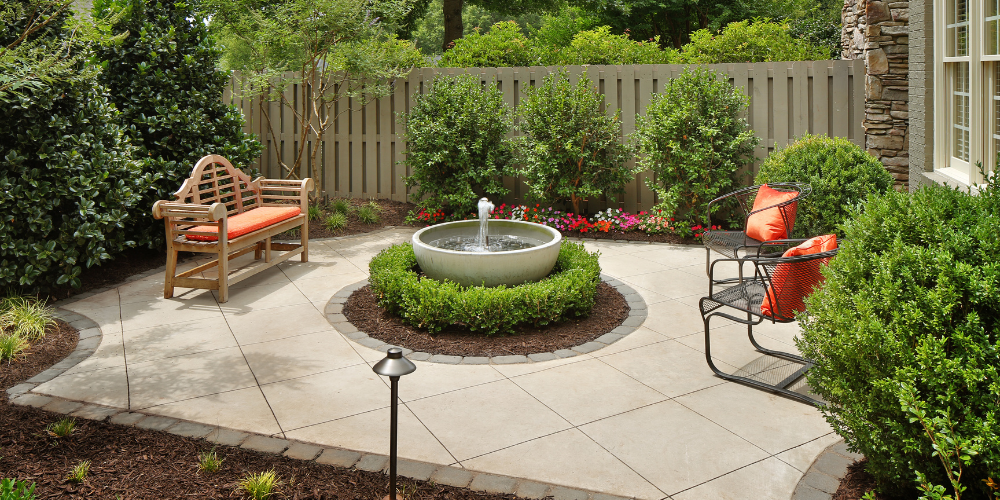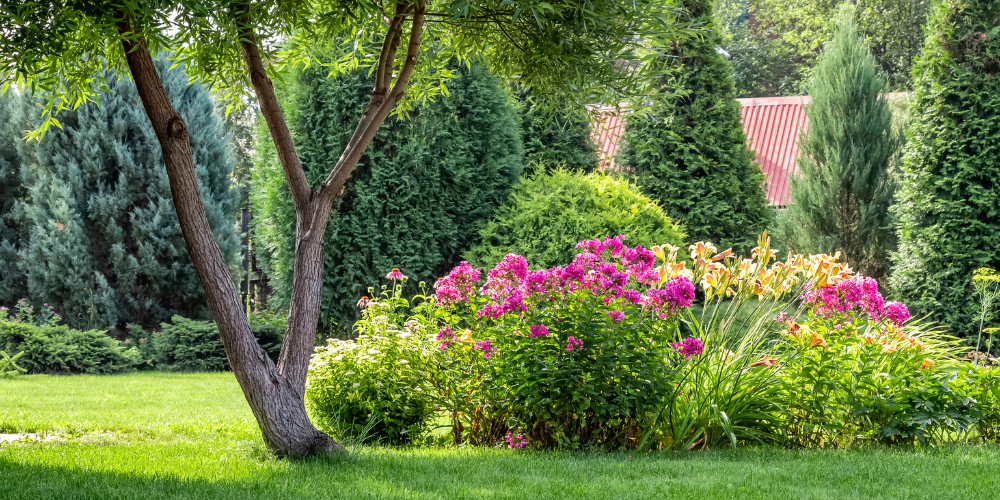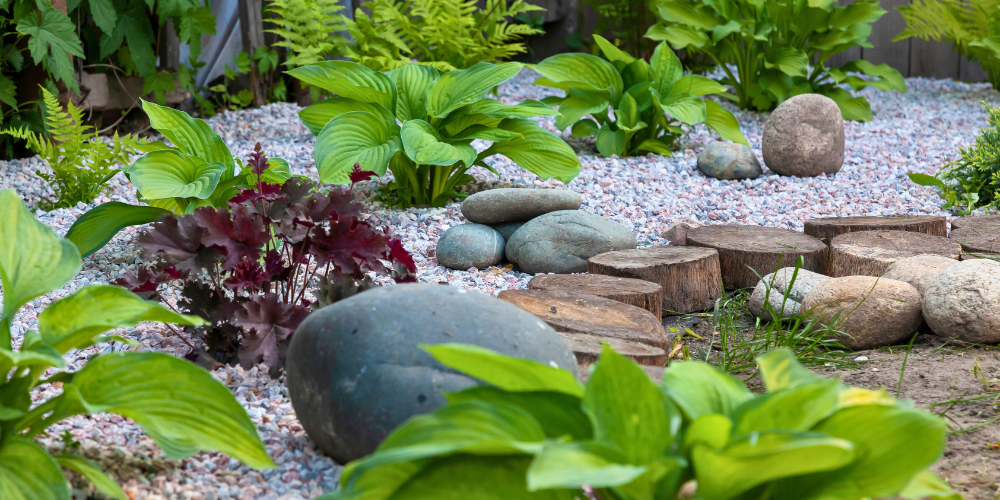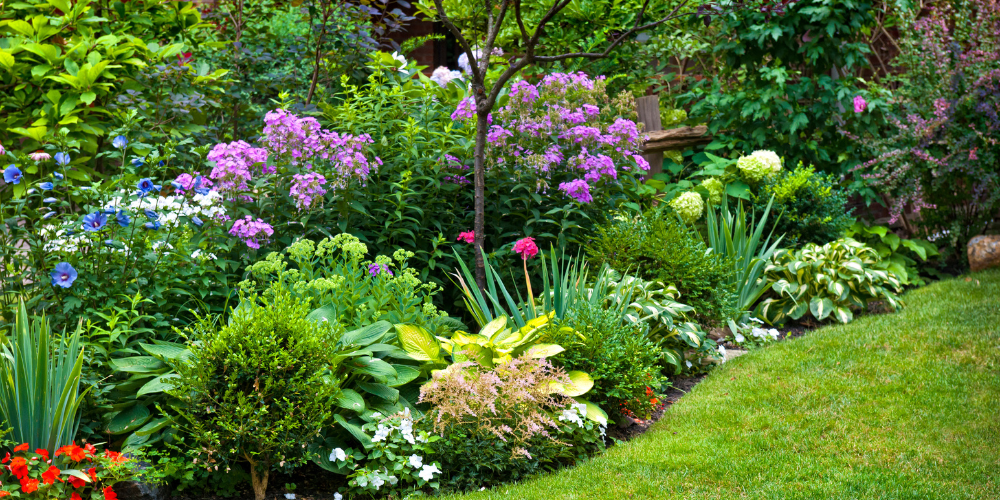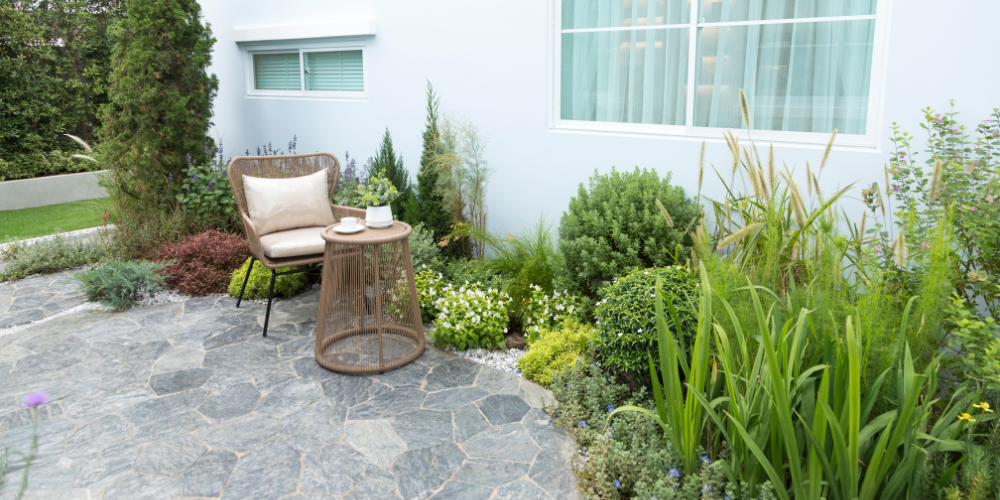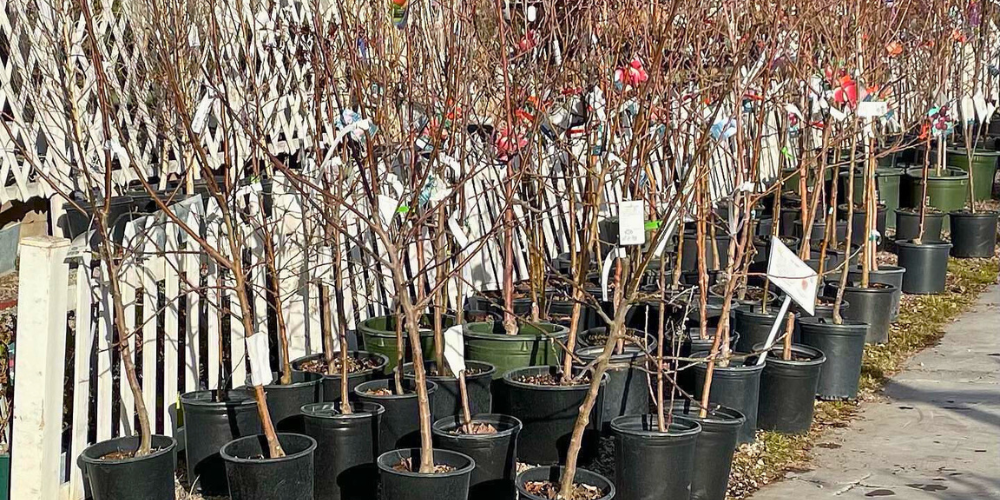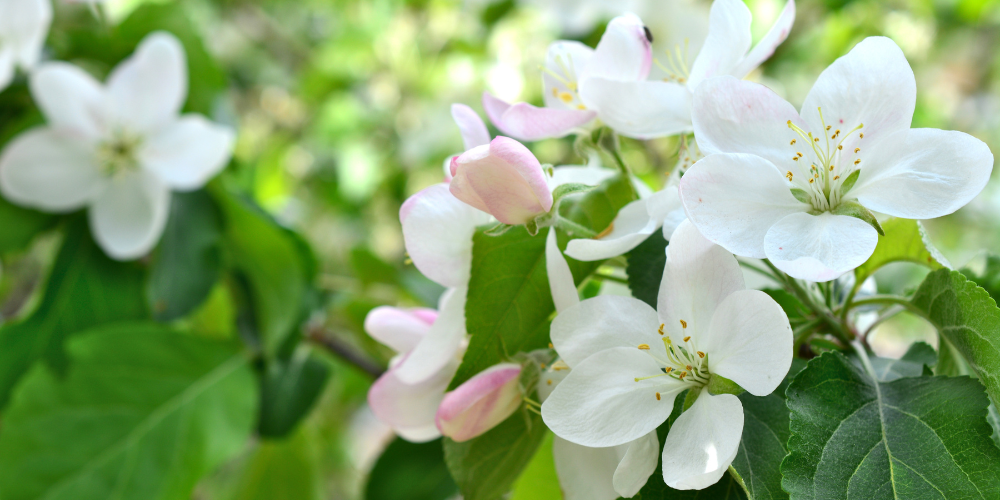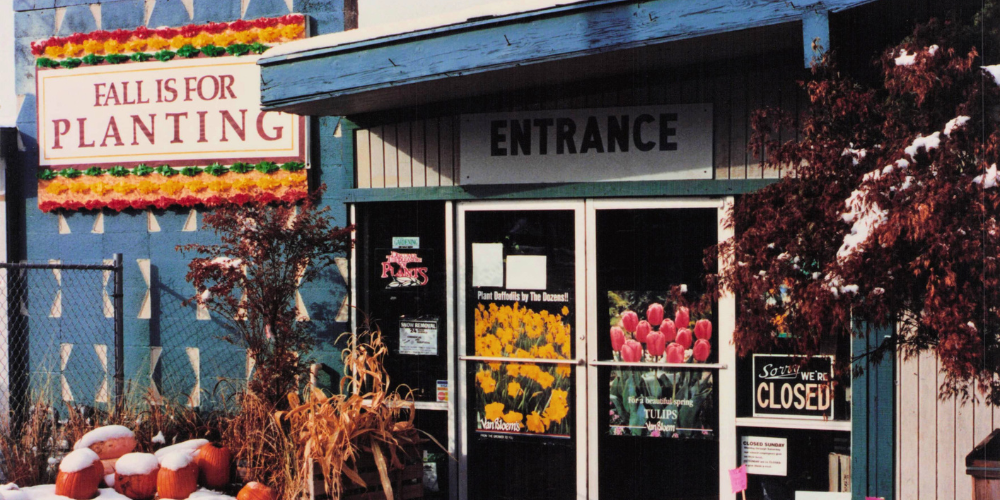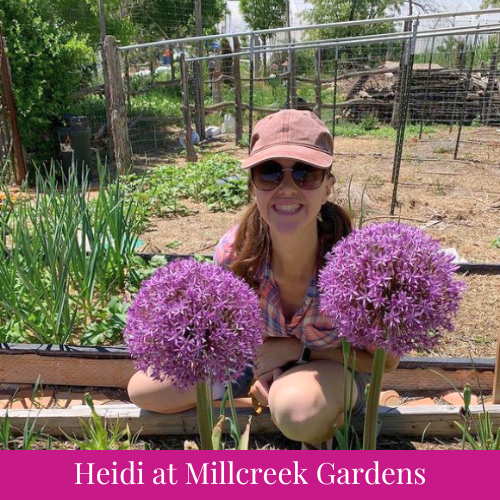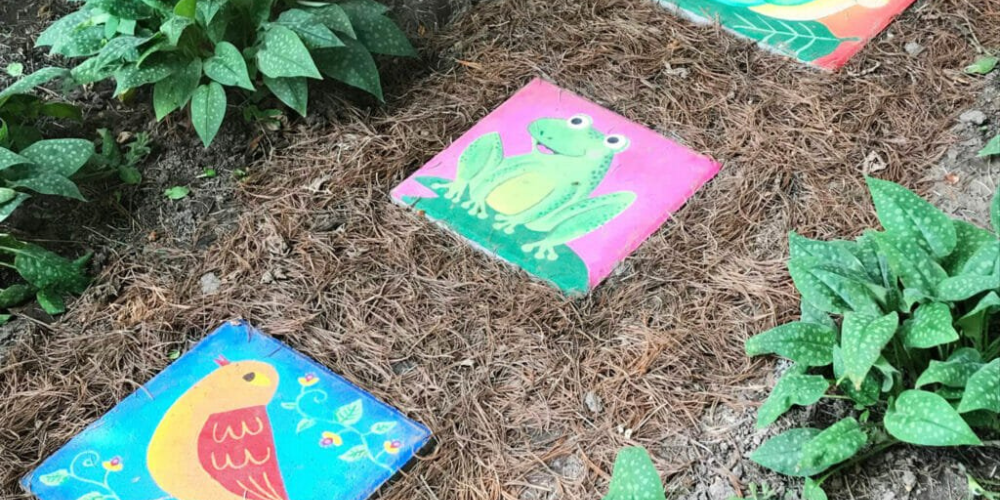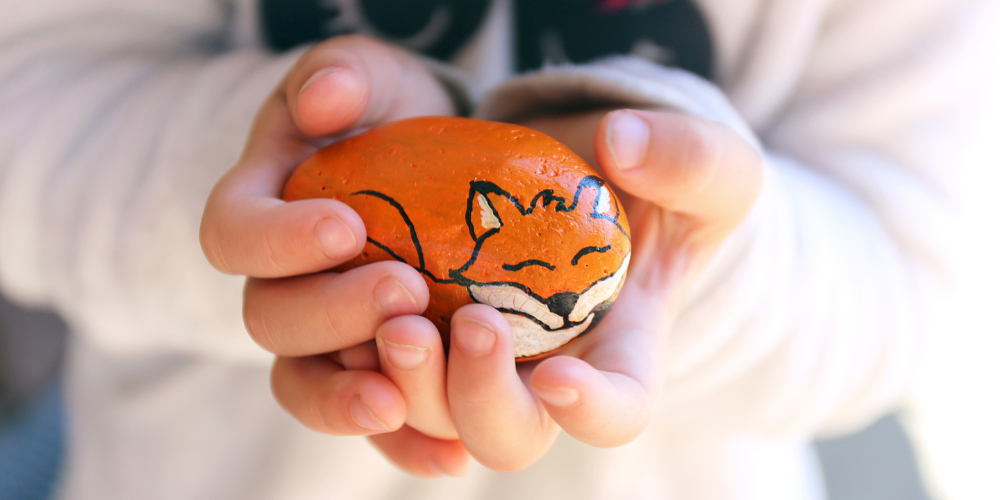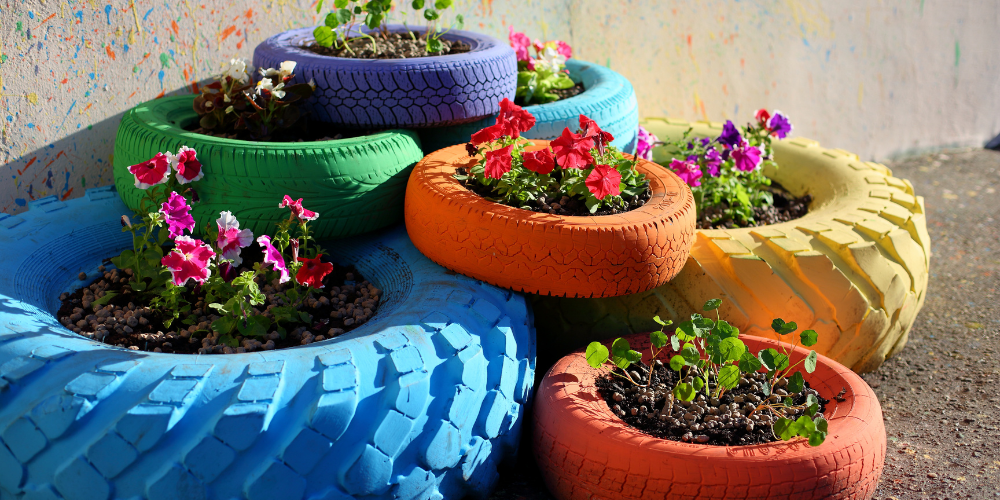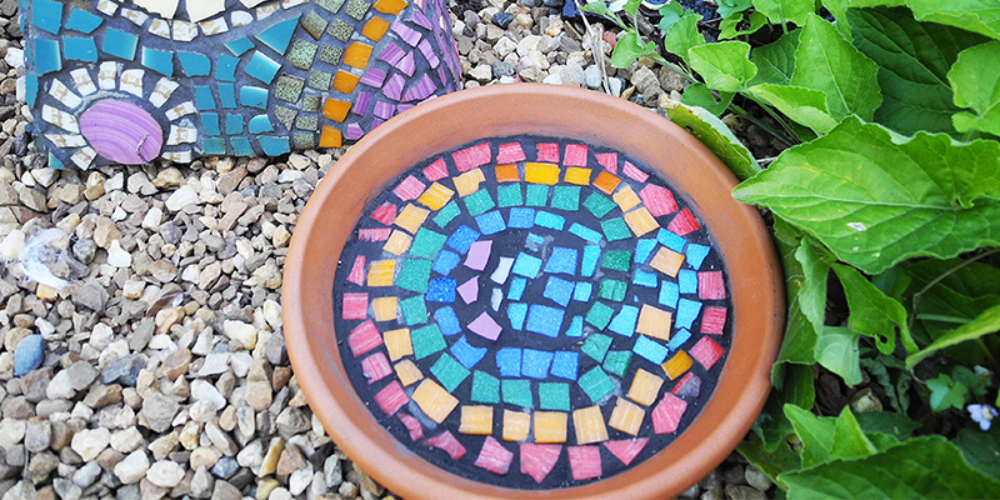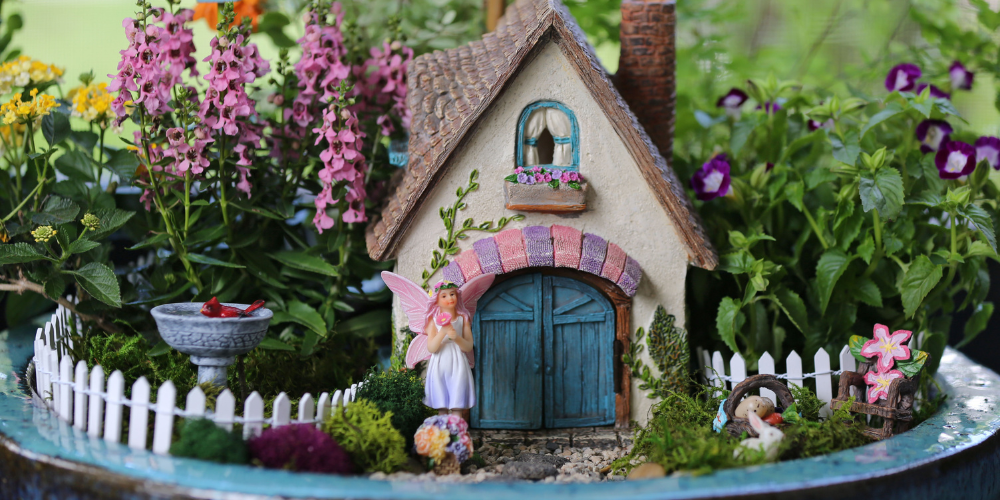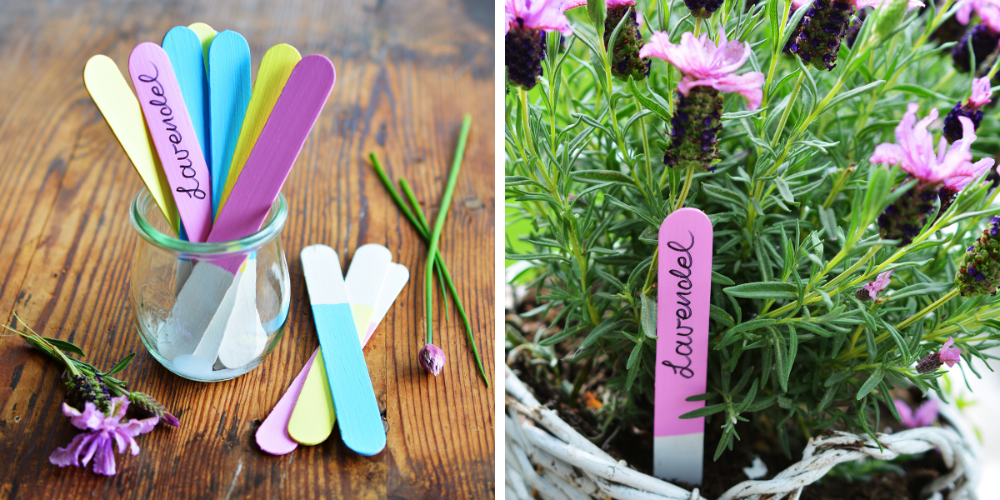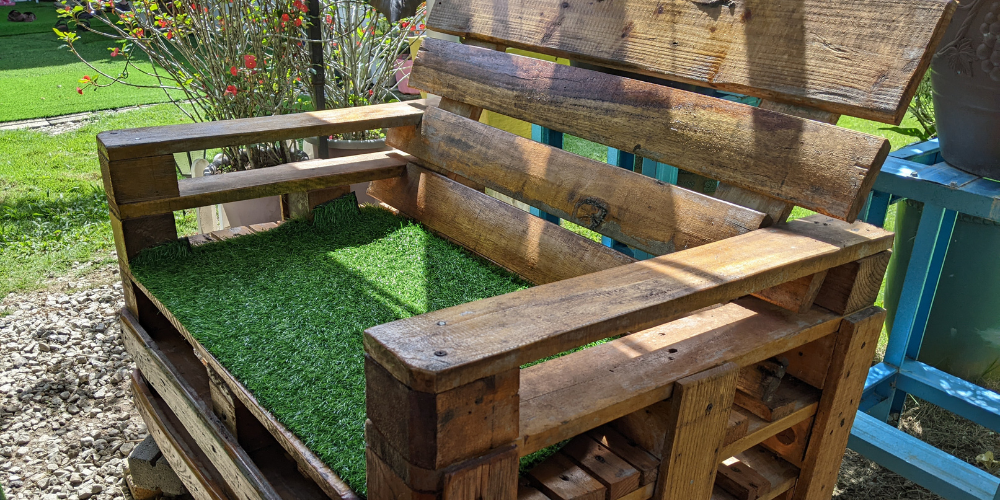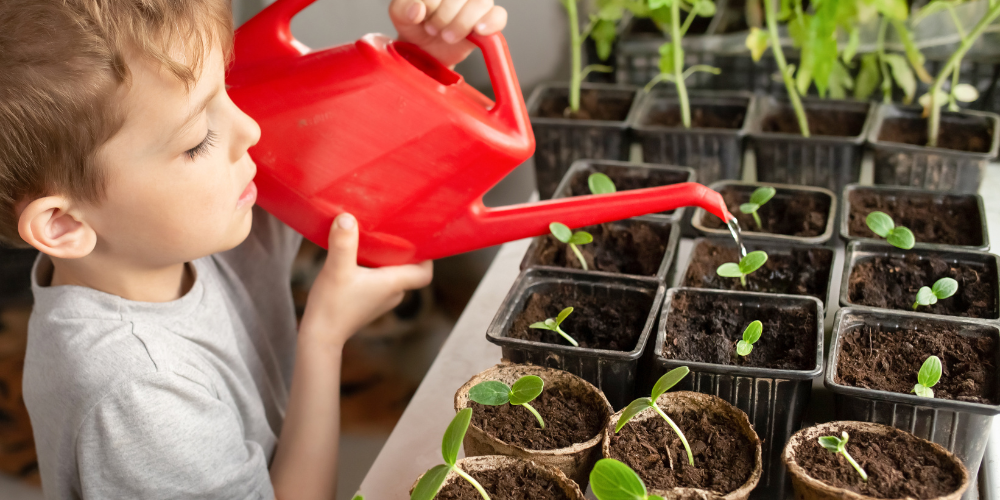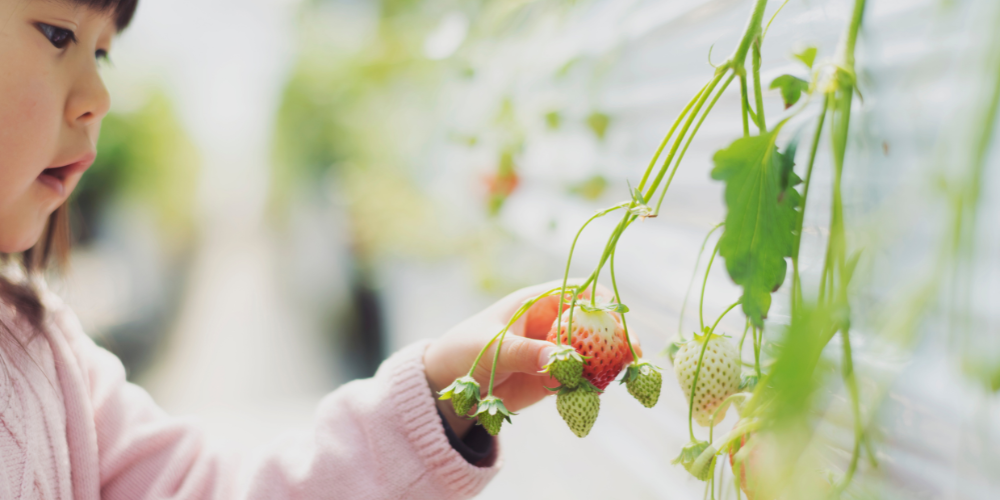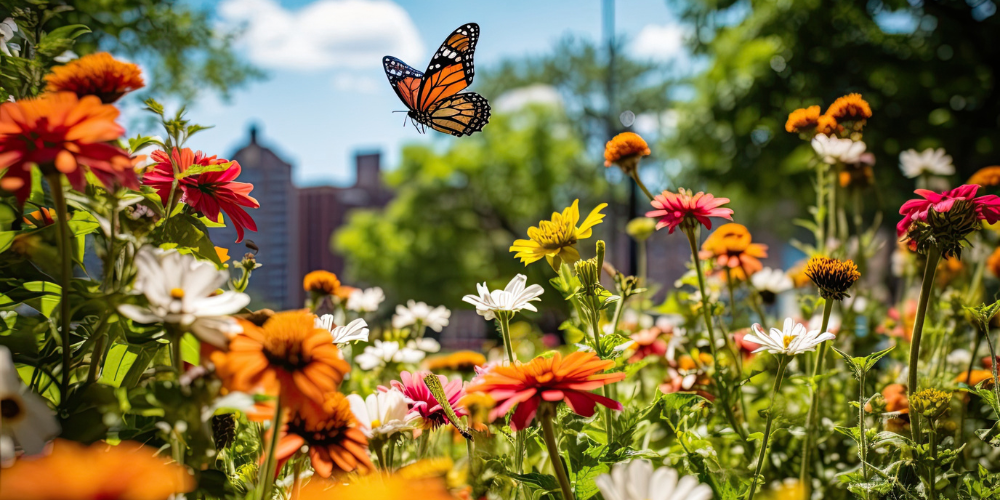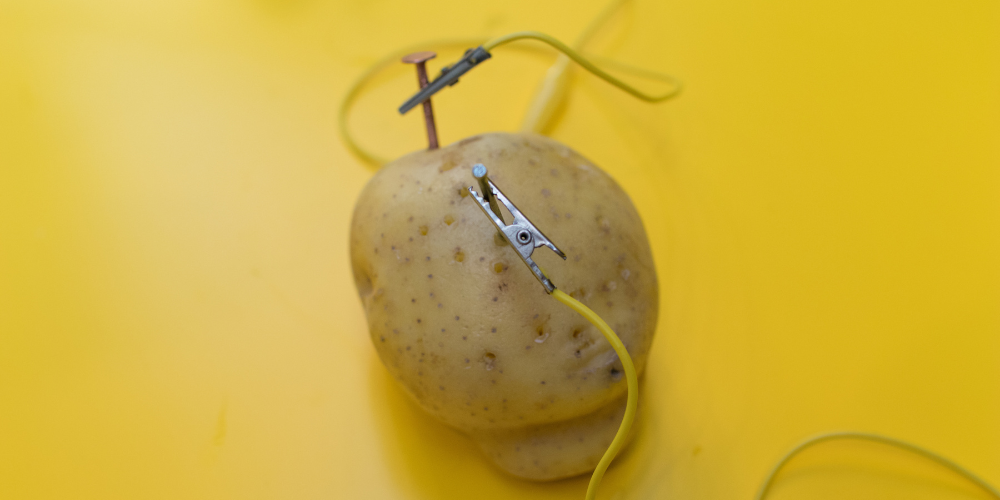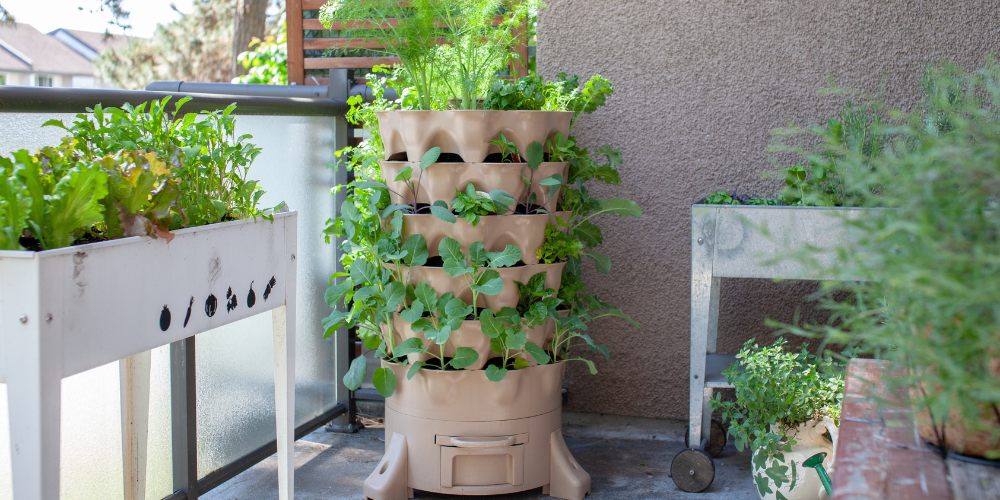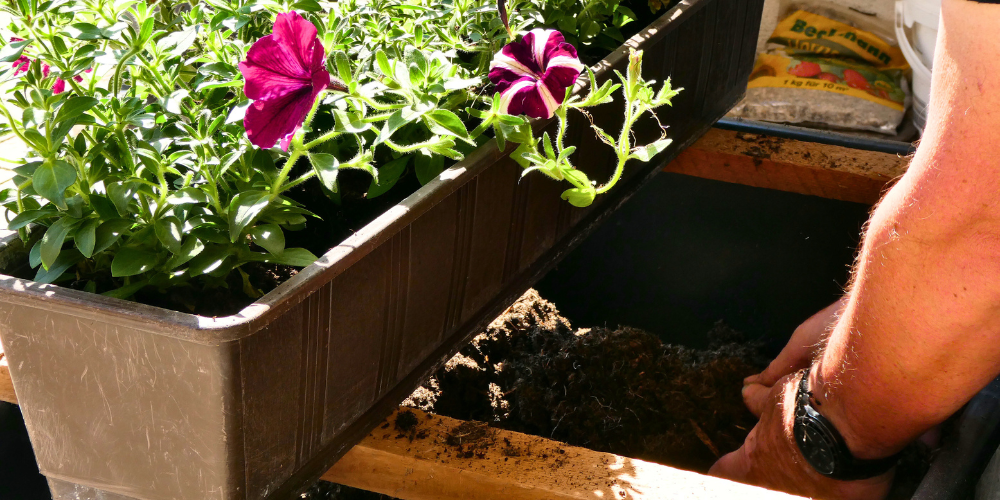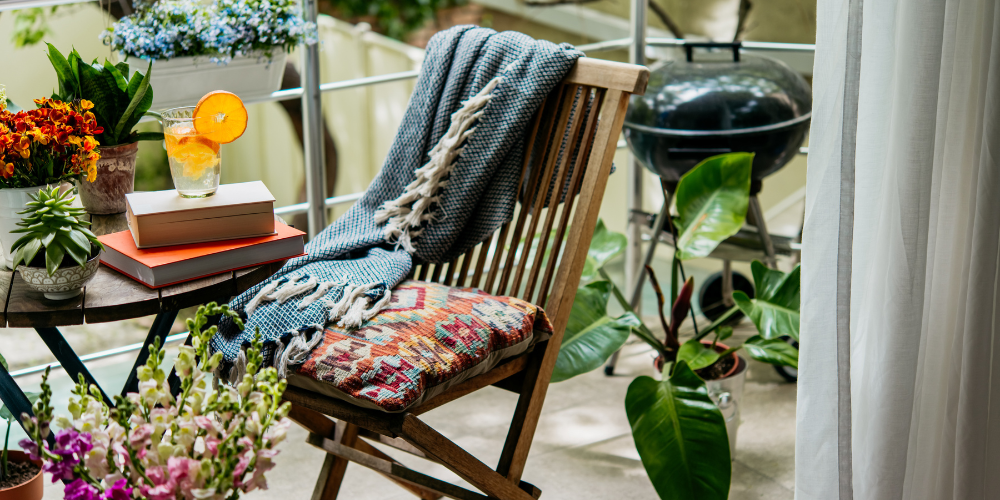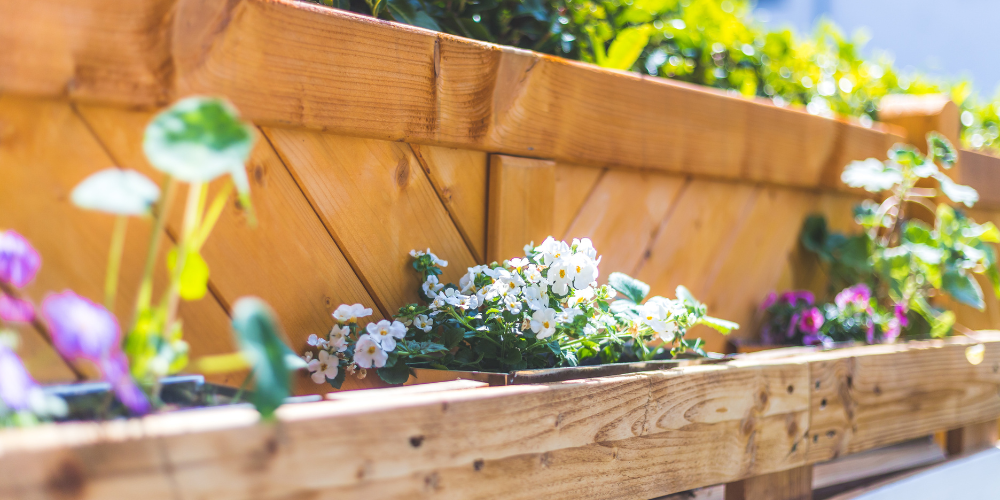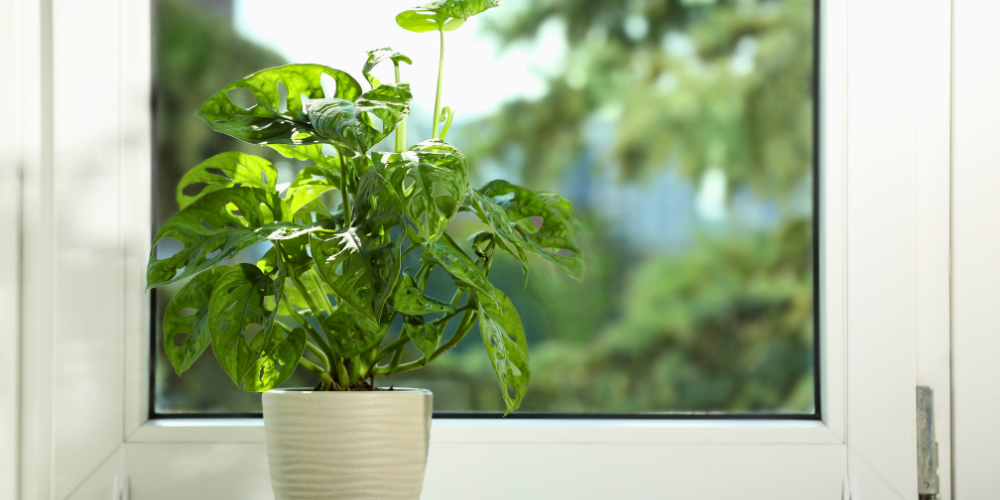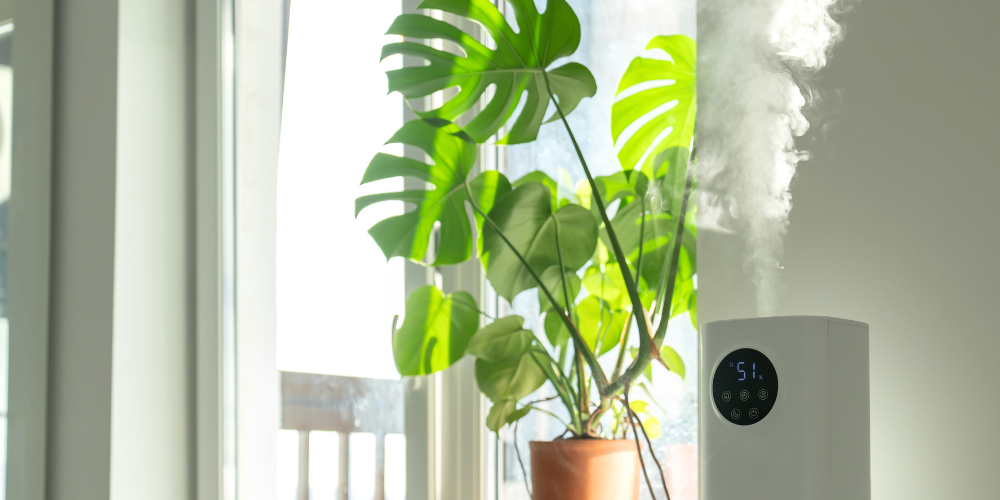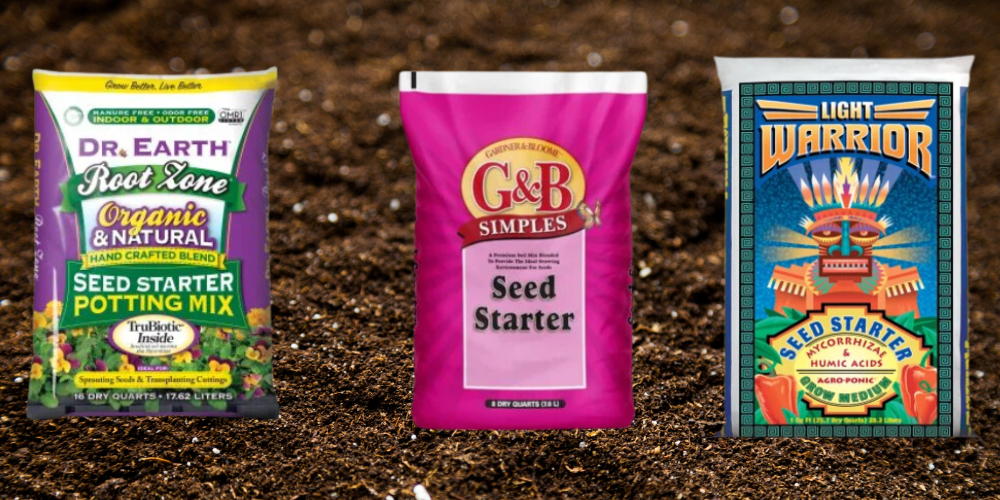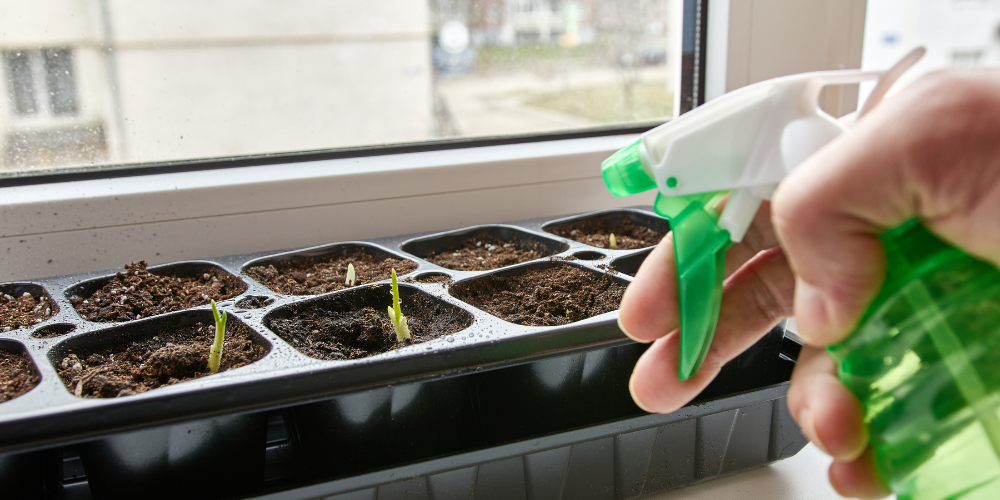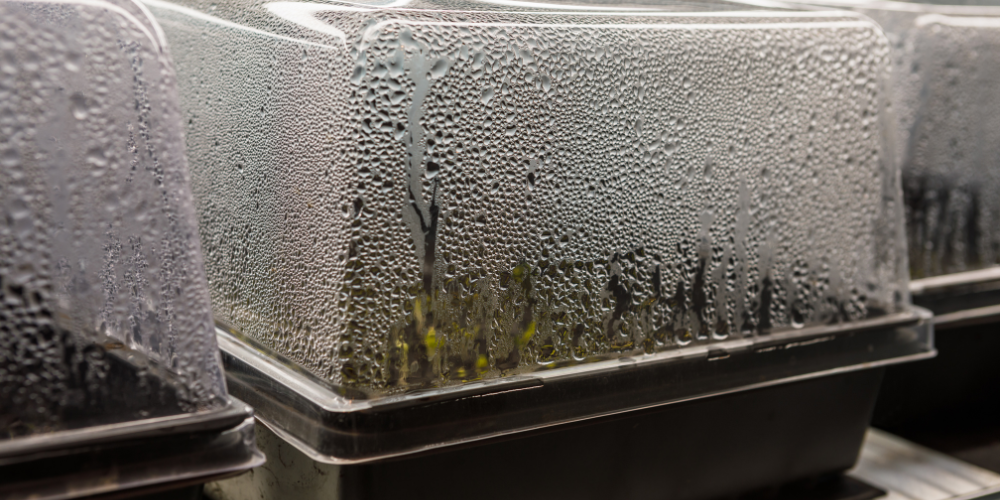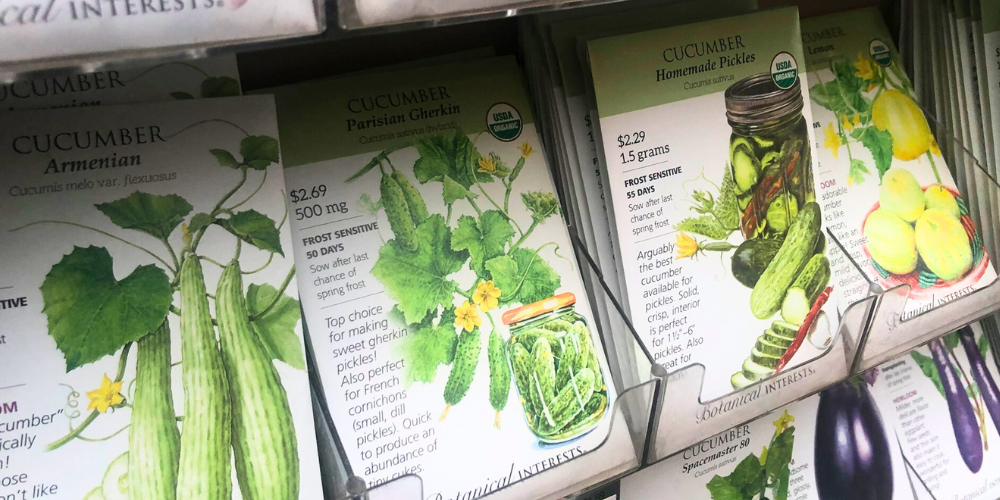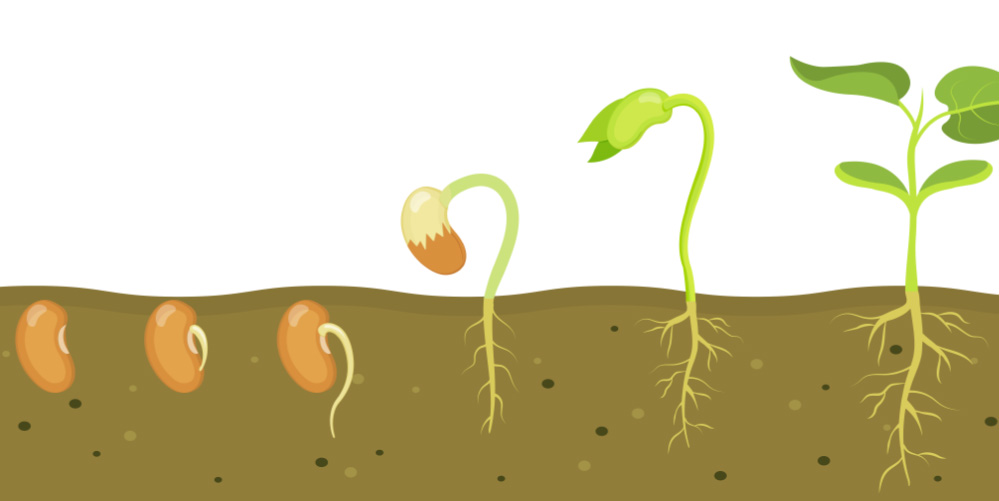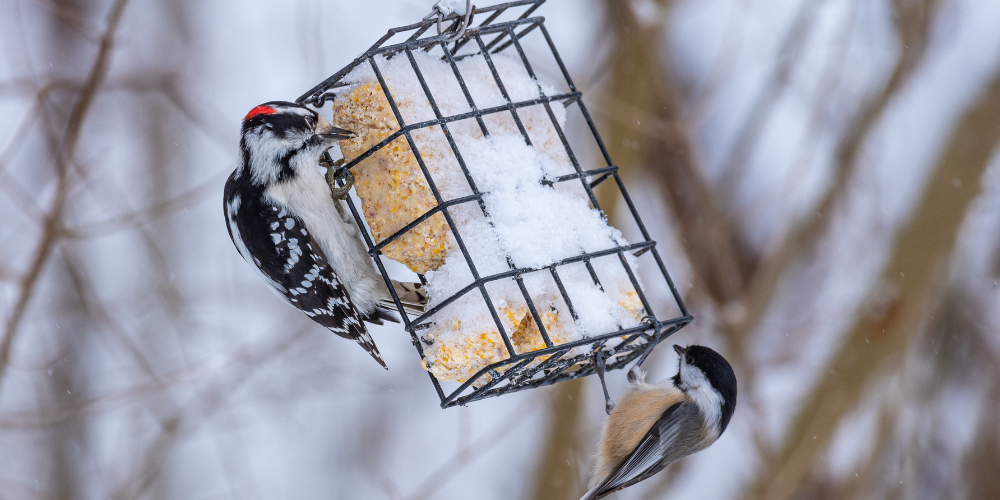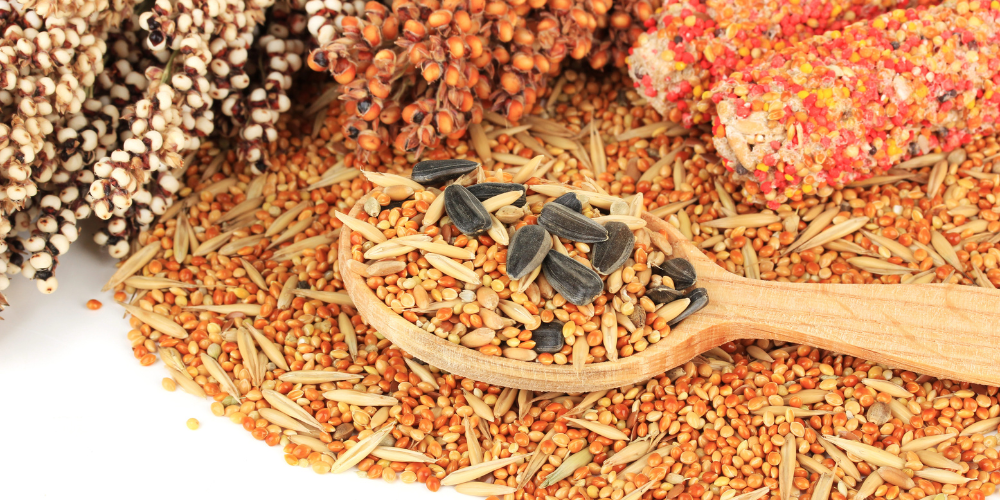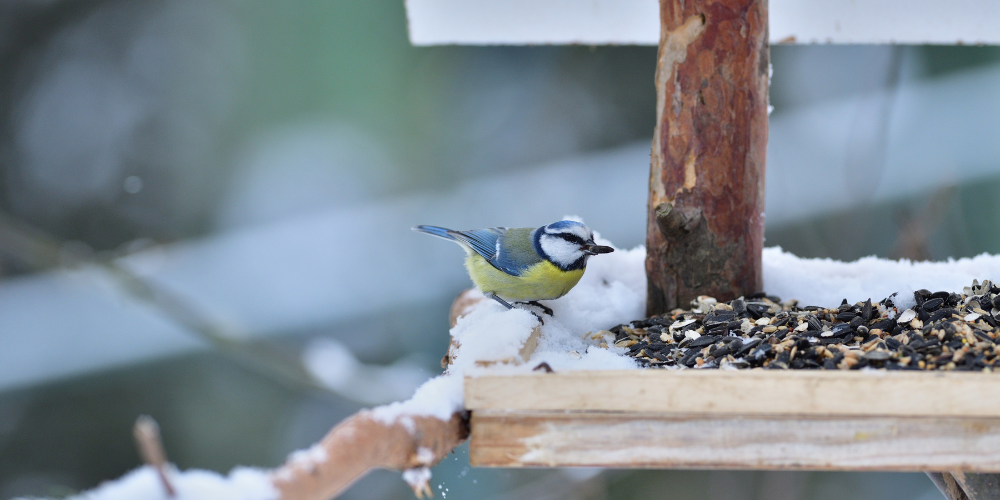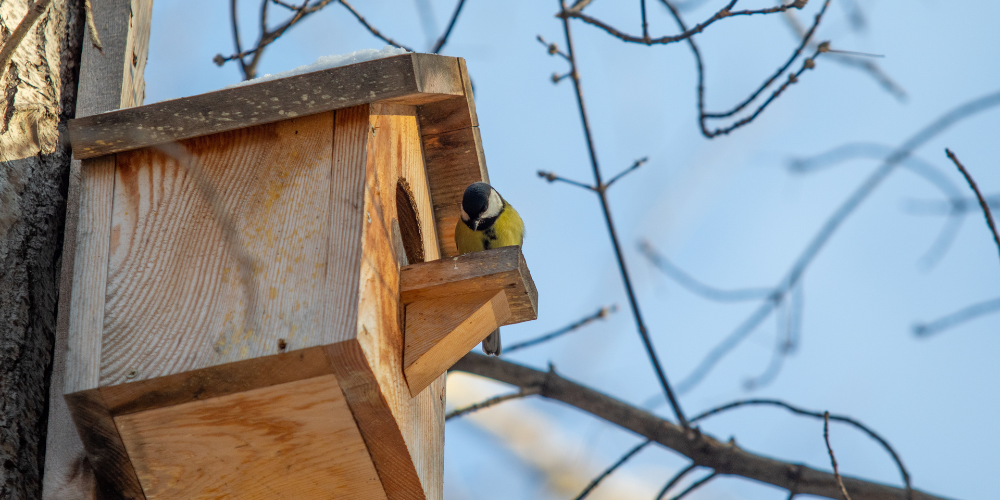April marks the start of a bustling new gardening season here in Utah, with new growth emerging and seasonal tasks piling up all over the garden. Whether you’re a seasoned green thumb or just kicking off your home gardening journey, having a comprehensive checklist of essential gardening tasks this April is essential to ensuring a flourishing garden throughout the year. So, if you’re ready to kickstart your garden this spring, let’s get into it!
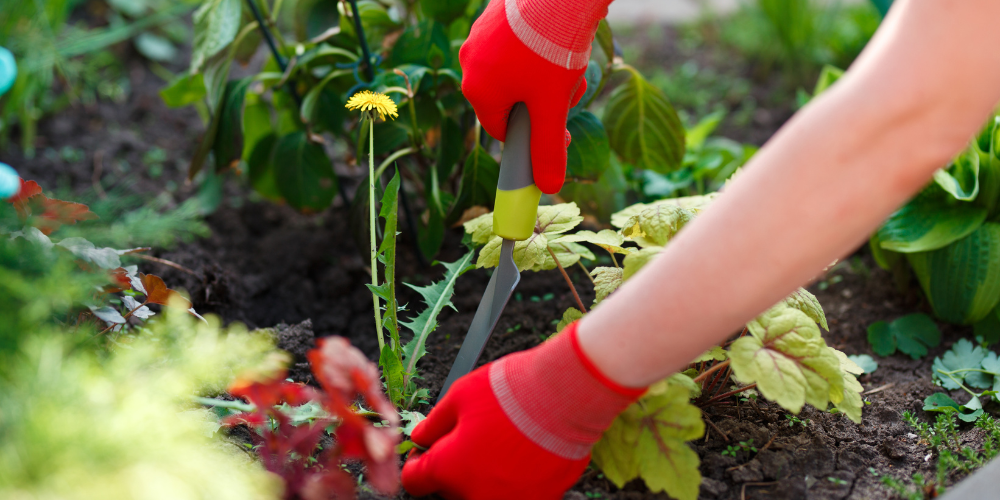
Weed Control
While weed control is far from anyone’s favorite gardening task, weeds have a nasty habit of taking over a garden if left unchecked, outcompeting your favorite plants for space, sunlight, and nutrients. As a result, it’s crucial to stay ahead of weed growth to maintain a healthy and thriving garden this April.
Here’s how to do it:
– Regularly inspect your garden beds for weeds and promptly remove them by hand or using a clean garden hoe. Spend a few minutes each day pulling up any weeds you see.
– Apply a pre-emergent herbicide to stop weed seeds from germinating. This is particularly effective for controlling annual weeds like crabgrass and chickweed.
– Mulch your garden beds to suppress weed growth and conserve soil moisture. Organic mulches such as shredded leaves or straw not only help smother weeds but also break down over time, enriching your soil.
– Plant groundcover plants to outcompete weeds and provide additional benefits such as erosion control and habitat for beneficial insects. Low-growing plants like creeping thyme or creeping Jenny will help to fill in spaces between larger plants and keep weeds at bay.
Pest Management
April’s warmer weather means that garden pests are becoming more active, posing increasing threats to your plants. Implement these simple yet effective pest management strategies this spring to help protect your garden from damage and ensure a successful growing season:
– Monitor your plants regularly for signs of pest infestation, such as chewed leaves or wilting, and thoroughly inspect the undersides of leaves for any hiding nuisances.
– Use natural deterrents such as diatomaceous earth or insecticidal soap to control common garden pests. These products are safe to use around humans and pets and effectively manage common critters like aphids, spider mites, and whiteflies.
– Introduce beneficial insects into your garden, such as ladybugs or lacewings, to prey on garden pests and keep their populations in check.
– Practice crop rotation to disrupt the life cycle of pests and reduce their populations. By rotating crops each year, you avoid building up pest populations in the soil and reduce the need for chemical pesticides.

Dividing Crowded Perennials
Perennials are an integral part of a great garden design, but overcrowded perennial plants can become stressed and less productive over time. Dividing them in April rejuvenates your plants and allows you to propagate new ones to share with fellow gardeners, friends, and family.
Here’s how to do it:
– Water your plants thoroughly before dividing to minimize stress and make it easier to lift them from the ground. Moist soil also helps keep the roots intact during the transplanting process.
– Use a sharp, clean spade or your favorite garden fork to carefully lift the plant clump from the ground. Start working the outer edge of the plant and move your way towards the center, taking care not to damage the roots.
– Divide your perennial clump into smaller sections, ensuring each division has roots and shoots. You may need to use a sharp knife or pruning shears to cut through tough roots.
– Replant your divisions in well-prepared soil enriched with compost and water thoroughly to settle the soil around the root ball and reduce transplant shock.
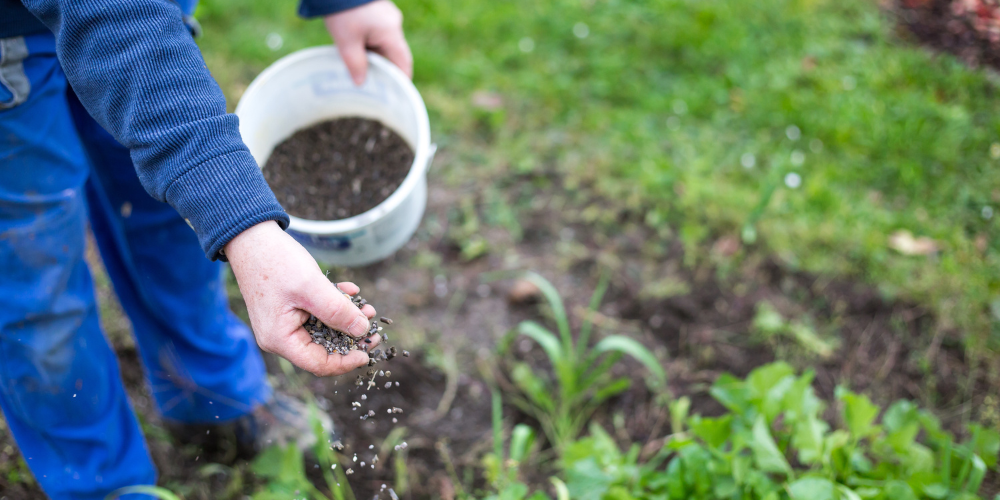
Composting and Fertilizing
Enriching your garden with compost and fertilizer is essential, as it gives your plants the nutrients they need to thrive. Here are a few tips to help you improve your soil’s fertility and promote healthier growth in your garden this April:
Incorporate compost into your garden beds to improve their soil structure and fertility. Spread a layer of compost over the soil surface and work it into the top few inches with a garden fork or shovel.
– Apply a balanced fertilizer to provide your garden plants with essential nutrients. Choose a fertilizer that contains equal amounts of nitrogen, phosphorus, and potassium, along with micronutrients like calcium, magnesium, and sulfur.
– Use organic fertilizers to minimize environmental impact and promote healthier soil. Organic fertilizers like composted manure, bone meal, and fish emulsion provide slow-release nutrients that are gentle on plants and beneficial soil organisms alike.
– Follow recommended application rates to avoid over-fertilizing, which can lead to nutrient imbalances and environmental pollution. Make sure to read the instructions on the fertilizer package carefully and apply the appropriate amount for your specific plants and soil conditions.
There’s no shortage of April gardening tasks to keep Salt Lake City gardeners busy, but each task plays a vital role in nurturing a healthy and vibrant garden. If you’re ready to get your garden into gear, we’re here to help! Stop by Millcreek Gardens today for everything you need to grow the perfect garden this spring.



